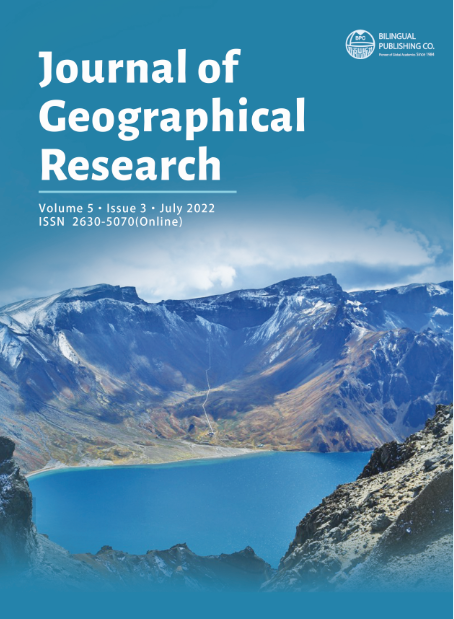-
1440
-
372
-
304
-
233
-
195
Analysis of Chinese Citizens’ Perception and Its Differences of City Spirit: A Case Study of Hefei City
DOI:
https://doi.org/10.30564/jgr.v5i3.4788Abstract
City spirit is the soul of the city. The spread of city spirit not only could establish a civilized specimen for citizens, but also create a good cultural atmosphere for the city. Hefei residents’ perception of city spirit is extensive, and most of Hefei citizens consider the expression words of city spirit are very appropriate, which is enlightened, open-minded, actual and innovate. Great majority of Hefei citizens willing to support the propaganda and promotion of the city spirit, and they think the promotion of the city spirit plays a key role in the way of city’s development. In addition,significant differences in the perception of urban spirituality emerge among residents with different economic and social characteristics. There are four aspects about how to enhance the public perception of city spirit, which including increasing dissemination channels and means,strengthening guidance according to the difference of residents, encouraging participation of community residents, and building good atmosphere depending on the city’s advantages.
Keywords:
City spirit; Hefei City; PerceptionReferences
[1] Liu, J.X., 2011. Rumination on the spirit of Harbin city and its realistic efficacy. Journal of Harbin College. 32(10), 26-32. (in Chinese).
[2] Chen, W., Weng, X.L., 2005. Urban aesthetics and the spirit of Shanghai city. Journal of Shanghai Normal University (Philosophy and Social Science Edition). 34(1), 69-71. (in Chinese).
[3] Shi and Wei, 2003. The urban humanism of Hangzhou. Urban Issues. (2), 34-36. (in Chinese).
[4] Shen, W.S., 2007. Modernization of People and the Spirit of Capital City Culture. Urban Issues. (4), 50-53. (in Chinese).
[5] Escalas, J.E., 2004. Image yourself in the product: Mental simulation, narrative transportation, and persuasion. Journal of Advertising. 33(2), 37-48. DOI: https://doi.org/10.1080/00913367.2004.10639163
[6] Bonn, M.A., Joseph, S.M., Dai, M., 2005. International versus domestic visitors: An example of destination image perceptions. Journal of Travel Research. 43(3), 294-301.
[7] Lu, S.M., 2011. Strategies for shaping urban spirit based on spatial events. Urban Development Research. 18(8), 120-124. (in Chinese).
[8] Zhang, J.Q., 2008. Urban culture and urban spirit: Dialectical unity in planning. Planner. 24(11), 10-13. (in Chinese).
[9] Lewis, M., 2005. The history of urban development: origins, evolution and prospects. Beijing: China Construction Industry Press. (in Chinese).
[10] Wang, Q.,2009. On the spirit of the city and the improvement of urban competitiveness. Journal of Shenyang University of Architecture (Social Science Edition). 11(3), 360-362. (in Chinese).
[11] Wang, Z.J., 2020. Cultivating and carrying forward the spirit of Shenyang city. Shenyang Cadre Journal. 22(5), 63-64. (in Chinese).
[12] Zhang, L.,2021. Exploring the strategy of using new media in the dissemination of Liaoning city image. Media Forum. 4(2),36-37. (in Chinese).
Downloads
How to Cite
Issue
Article Type
License
Copyright © 2022 Zhiguo Yao, Fei Liu, Min Xiang

This is an open access article under the Creative Commons Attribution-NonCommercial 4.0 International (CC BY-NC 4.0) License.




 Zhiguo Yao
Zhiguo Yao






